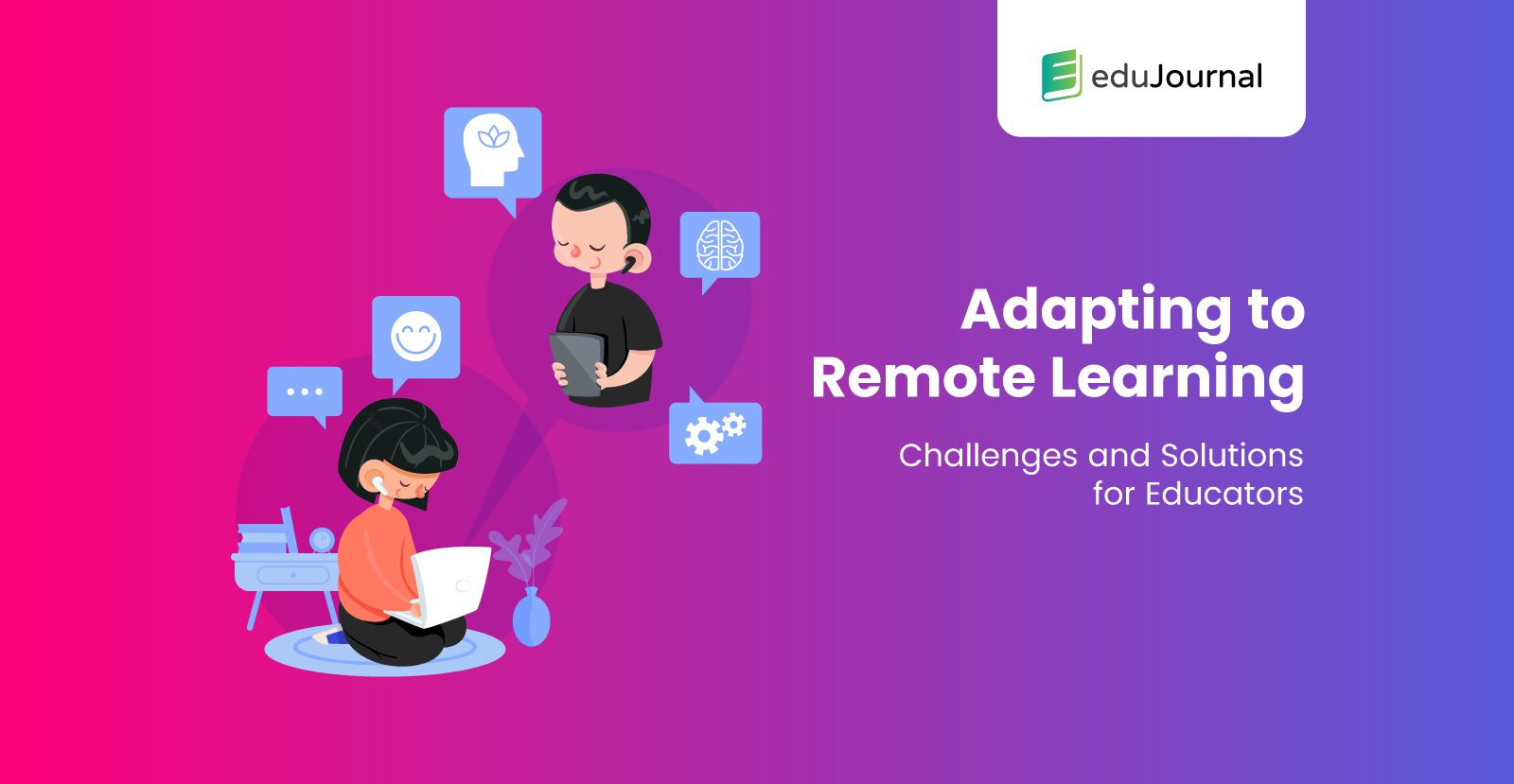In the wake of recent global events, the educational landscape has undergone a seismic shift, pivoting towards remote learning as a primary mode of instruction. This transition, while instrumental in continuing education amidst unprecedented challenges, has surfaced numerous hurdles for educators and learners alike. The pivot to remote learning is not merely a temporary adjustment but a transformative movement that is reshaping educational paradigms. As we navigate this new terrain, it becomes imperative to address the challenges head-on while leveraging innovative solutions to foster an effective and engaging learning environment.
The Landscape of Remote Learning
Remote learning represents a significant departure from traditional classroom settings, characterized by physical presence and direct interaction. This model necessitates access to technology, a shift in pedagogical approaches, and an adaptation to new forms of communication and assessment. While it democratizes education, making it accessible to a broader audience, it also highlights disparities and challenges that need careful consideration and strategic solutions.
Understanding the Challenges
Technological Disparities
One of the most immediate barriers to remote learning is the digital divide. Access to reliable internet and suitable devices is not universal, creating disparities in students’ ability to engage with remote learning. Educators, too, face challenges in navigating new technologies, which can hinder the delivery of content and engagement with students.
Engagement and Motivation
The lack of physical presence in remote learning can lead to decreased student engagement and motivation. Without the immediate feedback and interaction provided in a classroom, students may feel isolated, impacting their participation and performance. Educators must find new methods to inspire and motivate students in a virtual environment.
Assessment and Integrity
Remote learning complicates traditional assessment methods. Ensuring the integrity of assessments and adapting methods to suit remote learning are significant concerns. Educators are tasked with developing innovative assessment strategies that accurately measure student understanding and progress in a virtual setting.
Crafting Solutions
To navigate the complexities of remote learning, educators and institutions must employ a multifaceted approach, addressing technological, pedagogical, and motivational challenges.
Bridging the Digital Divide
Addressing technological disparities is crucial. This can involve providing students with necessary devices and internet access, and offering training for educators to become proficient in using digital tools. Institutions can collaborate with communities and governments to ensure that all students have the resources they need to participate in remote learning.
Enhancing Engagement and Participation
To combat the challenges of engagement in remote learning, educators can employ a variety of strategies. Interactive and collaborative tools, such as discussion forums, group projects, and virtual breakout rooms, can foster a sense of community and interaction. Gamification and interactive content can also motivate students by making learning more engaging and fun.
Rethinking Assessment
Adapting assessment strategies to the remote learning environment is essential for accurately evaluating student progress. Open-book exams, project-based assessments, and continuous feedback can offer more flexible and comprehensive evaluation methods. Additionally, leveraging technology for secure and proctored exams can help maintain academic integrity.
Beyond the Classroom: Building a Supportive Learning Community
The transition to remote learning extends beyond academic instruction; it encompasses the need to create a supportive and inclusive community for students and educators. This includes providing mental health support, fostering communication, and encouraging a collaborative learning environment.
Continuous Professional Development
For educators, continuous professional development is vital to adapt to the evolving landscape of remote learning. Engaging in professional development opportunities, such as workshops, online courses, and peer learning, can enhance educators’ ability to use new technologies, develop engaging content, and implement effective online teaching strategies.
Conclusion
The shift to remote learning, while fraught with challenges, also offers an opportunity to reimagine education. By addressing the barriers of access, engagement, and assessment, educators can create inclusive, dynamic, and effective learning environments. The journey of adapting to remote learning is a collaborative one, requiring the efforts of educators, students, institutions, and communities. As we embrace these changes, we pave the way for a more flexible, accessible, and enriched educational future.
Through innovation, resilience, and a commitment to equity, we can ensure that remote learning not only addresses immediate needs but also contributes to the long-term transformation of education. The challenges of today are the stepping stones to the educational opportunities of tomorrow, shaping a future where learning knows no bounds.



Please enter input field